What is healthy hair? Or, rather, what is it like, what are its distinctive features? Healthy hair is strong and elastic, soft, malleable and shiny. There are many daily practices and external factors that keep it from being in this state. Let’s focus on those habits that we can change or improve in favor of a healthy mane. These include the use of heat tools, the way we wash our hair, the products we use and even how we sleep and eat.
You are only 10 good practices away from having healthy hair. Find out below how to keep damage as far away as possible or, failing that, how to repair existing damage.
Habits that make hair healthy

1. Choose suitable products
It may seem obvious, but it isn’t. Most people use products that aren’t designed for their hair type or need. The first step would be to perform a general diagnosis of the condition of your hair. Is it dry? Oily? Does it break easily? Does it fall out in clumps? Does it have a hard time growing? Is it dyed? Did you just get a permanent straightening treatment ? All of these answers will give you an idea of what your hair needs. Of course, dyed , bleached or chemically treated hair requires extra care, since it is damaged hair . The needs of curly hair are not the same as those of straight hair. There are products formulated especially for each type of hair. If you have trouble determining which ones you should use, you can always turn to an expert.
It’s not just the product that matters, but also the amount you apply, as applying too much can lead to greasy and/or dull hair. The amount will be determined by the length of your hair, but generally speaking, you should use the equivalent of a walnut-sized amount of shampoo. In the case of conditioner, it would be the equivalent of a golf ball-sized amount. Finally, pay attention to the signals your hair is giving you, as the frequency of use also matters.
Our tip : If your hair is damaged due to bleaching, dyes or chemical treatments such as perms or permanent straightening, take care of your hair with Dove Extreme Regeneration Shampoo and Conditioner , a system with regenerating active ingredients that provides the nutrition your hair needs. As an extra measure, you can replace conventional conditioner with Dove Extreme Regeneration 1 Minute Super Conditioner .
2. Apply deep conditioning masks
We know that hydration and nutrition are essential conditions for healthy growth. Treatment creams or deep conditioning masks provide that extra dose of nutrition that hair needs. That’s why they deserve a place in your care routine. Applying them once or twice a week is enough.
You can opt for treatment creams available on the market or create your own masks with natural ingredients such as avocado, olive oil, aloe vera , among others.
Try : Dove Oil-Nourishing Treatment Mask , a deeply nourishing treatment to treat dry hair and frizz.

3. Take care of your scalp
The condition and appearance of our hair depends on the health of the scalp. The origin of many conditions is found there. Just like the rest of the skin, the scalp needs to be exfoliated. Why? To clean in depth, remove dead cells and traces of product that may have accumulated, and control excess oil. When hair follicles are congested by any of these factors, they do not get oxygen as they should. Therefore, exfoliating the scalp at least once a month is a recommended habit to maintain healthy hair. This way, conditions such as itching, dandruff and dry scalp are avoided . Scheduling a monthly hair detox can help you organize your care routine.
To achieve good oxygenation of the hair follicles, it is also necessary to stimulate blood circulation. How? Through scalp massages . They are performed with the fingertips, applying light pressure and using circular movements. You can do it on wet or dry hair, the important thing is to have clean hands so as not to transfer bacteria or impurities. In turn, this helps to release tension. Remember that stress can be one of the causes of hair loss .

4. Avoid friction
There are many factors that contribute to hair breakage and, eventually, hair loss. Friction is the main cause of breakage. The good news is that there are certain changes we can make to prevent this. Probably the easiest is to switch from conventional elastics to scrunchies, clips or fabric headbands when creating hairstyles.
Another well-known tip is to replace your cotton pillowcase with one made of silk or satin. These fabrics are gentler on hair fibers. And, it’s worth clarifying that it’s best to sleep with your hair down.
There’s one more thing you can do to promote healthy hair. It’s a simple but very effective change: replace your towel with a microfiber towel or cotton t-shirt to dry your hair. Let’s not forget that when your strands are wet, they are most vulnerable and prone to breakage. So instead of rubbing to dry, lightly squeeze your hair with the towel or t-shirt to remove excess water.

5. Comb and brush correctly
How you comb your hair has a lot to do with the well-being of your hair, especially when you’re trying to untangle knots. Pulling is never a good idea, because it causes the hair to fall out. So, comb gently, starting at the tips. As the knots are untangled, comb from higher up.
Choosing a comb is another thing to consider. If, for example, you have curly hair, wide-toothed combs are best. And if you’re debating between a comb and a brush, we can tell you that as a general rule, you should use a comb when your hair is wet and a brush when it’s dry.
Brushing, on the other hand, helps distribute the natural oils in your hair and keep it moisturized, as well as removing any shed hair. But over-brushing is counterproductive, as it can leave your hair weak and dull. Always opt for a soft-bristled brush and create a routine that makes brushing easier. That is, if you do deep conditioning regularly or apply styling creams, the brush will glide through without any tugging. The same goes for the comb.
Try : Sedal Ceramides Styling Cream , formulated with Micro Ceramide Complex, which creates a thin film around the fibers. This not only protects the strands but also gives them greater strength and shine. The result will be shinier, softer and more manageable hair.
It’s a good time to remember that brushes need to be cleaned frequently. This is necessary because they accumulate hair, product residue, dust mites, dead skin cells and oils: the ideal setting for bacteria and yeast growth. It’s no use brushing with a dirty brush, since that dirt settles on your strands and scalp. So, in addition to removing snagged hair, it’s a good idea to clean your brushes thoroughly once a month. Simply soak it in warm water with shampoo, swirl it around and let it dry before using it again. There are other techniques, too.
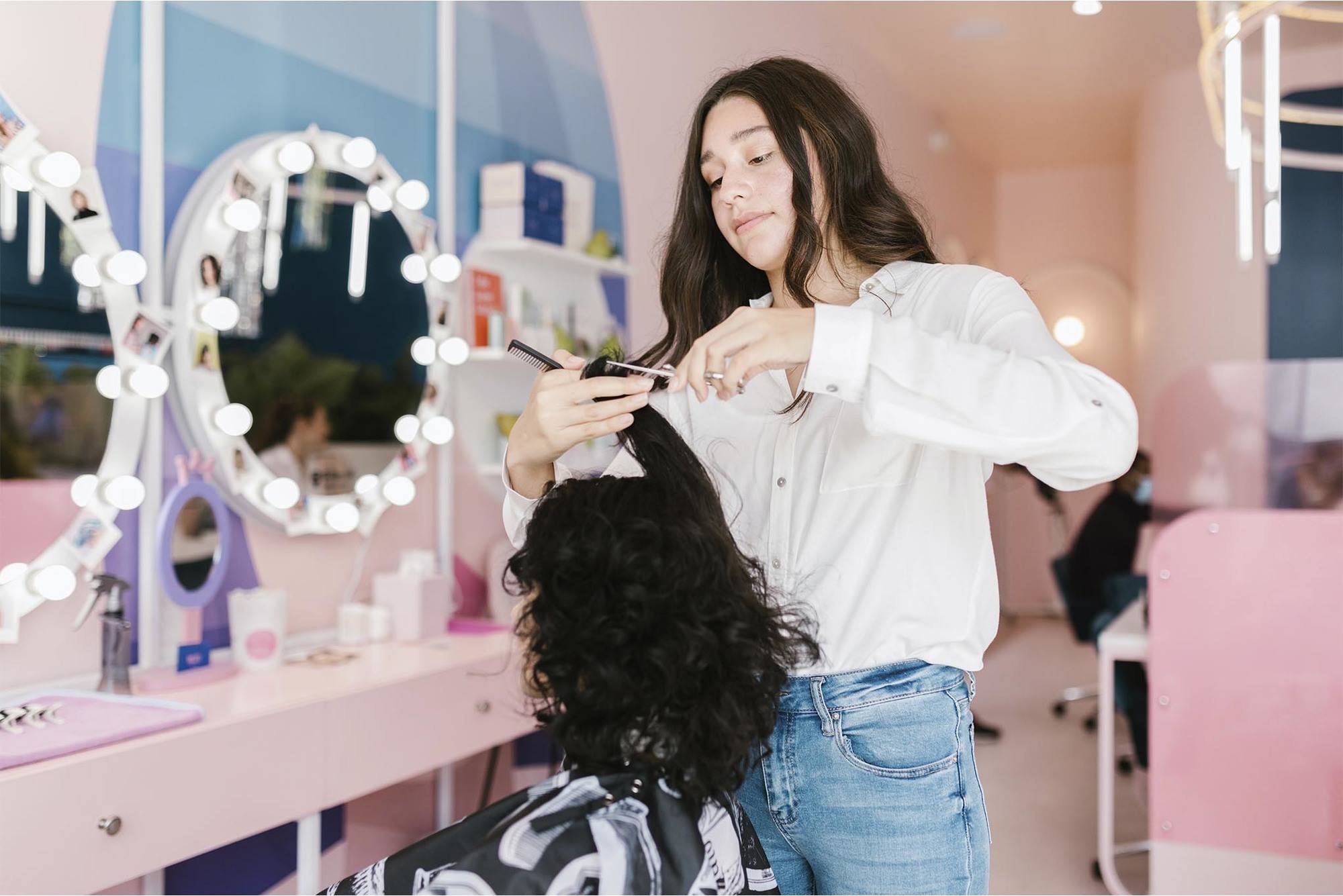
6. Trim the tips regularly
Although the frequency will depend on your hair type and how damaged it is, specialists recommend trimming the ends every 2 or 3 months. If, on the other hand, your hair is very damaged and you have split ends, it is advisable to do it every 4 weeks. Otherwise, those split ends will escalate and then you will have to cut more to make your hair healthier.
These regular trims prevent hair loss due to breakage. That is why consistency is essential.
7. Avoid heat tools
Hair dryers , flat irons, curling irons and curling irons are very useful tools when it comes to styling hair. However, their frequent use can dry out the strands and damage them. At first glance, they can result in straw-like hair . But, internally, the high temperatures of these devices can break the bonds between proteins, which give strength and structure to the hair fiber. This is why their excessive use is not recommended.
If you are going to use them, we recommend taking certain precautions. First, apply a heat protectant beforehand. Then, regulate the temperature to minimize damage. On the other hand, you must make sure to keep these tools clean so as not to deposit dirt in your hair when using them.

8. Protect your hair
Sometimes, what stands between you and healthy hair is the elements and environmental pollution. These are two factors that are difficult to control. What you can do is protect your hair. How? By applying, for example, a styling cream with UV protection or, better yet, wearing a hat or limiting exposure. The symptoms of sunburned hair are dullness, color change and more split ends. Cold climates also affect the health and appearance of hair, drying it out. The best thing to do in these cases is to apply natural oils such as Argan oil or almond oil from mid-length to ends, even leaving them on overnight.
Other ways to protect your hair include applying heat protectant before using heat tools, avoiding tight hairstyles, using scrunchies instead of regular elastics, sleeping on a satin or silk pillowcase, and more.

9. Regulate the water temperature
Neither cold nor hot. When washing your hair, finding the right temperature is important. Hot water tends to dry out the strands and leave the hair porous, more prone to frizz. Although it is also true that it helps to dissolve dirt better. Cold water, while it helps to seal the cuticles and enhances shine, also alters the natural movement of the hair. So, warm water. The ideal water temperature is that which allows the grease to dissolve for cleaning without causing any inconvenience. Of course, at the end, a shot of cold water will seal the cuticles after washing and give more shine to the strands.
10. Eat a balanced diet
The basis of a healthy life, a healthy body and, of course, healthy hair, is to eat a balanced diet, rich in vitamins, zinc, iron, proteins and essential fatty acids. Vegetables, grains, legumes, eggs, seafood and red meat provide the nutrients necessary for hair to grow healthy and strong.
Another crucial point for healthy hair: staying hydrated. Beyond the liquid that the body absorbs through food, specialists recommend drinking around 2 liters of water per day. Drinks such as coffee, tea and mate inhibit the absorption of nutrients. Therefore, if you are going to drink any of these, try to do so away from meals.
On the other hand, consult a specialist doctor to evaluate whether you need to take supplements.



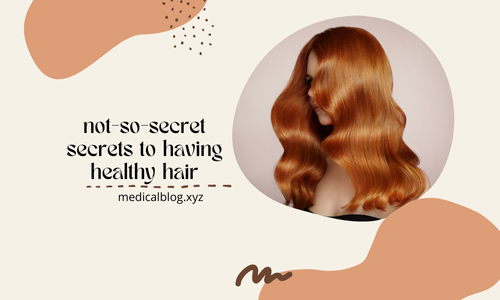
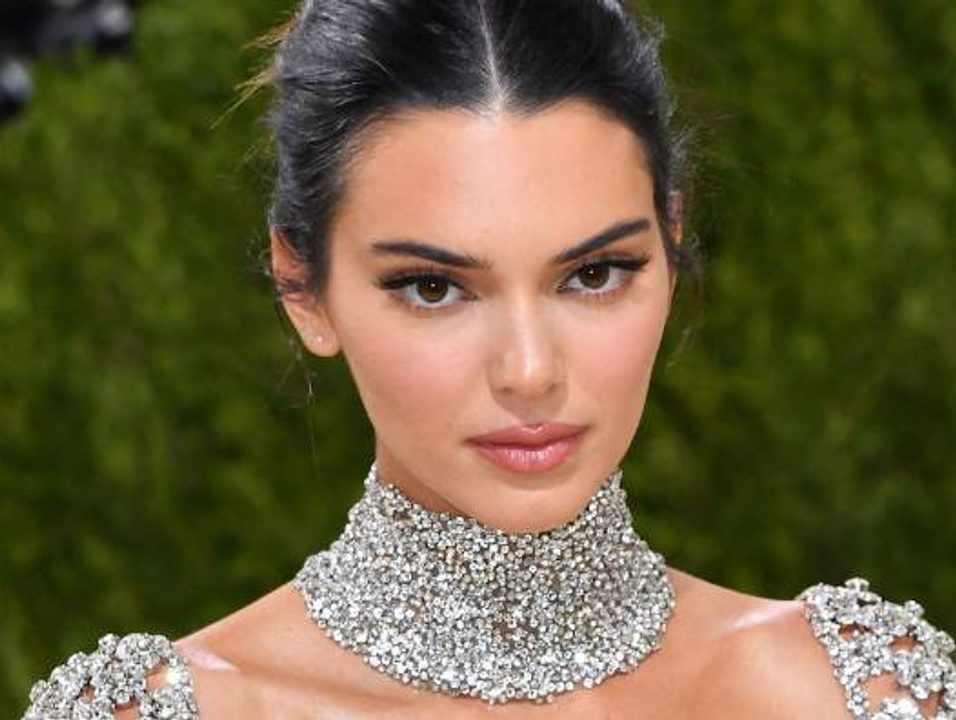
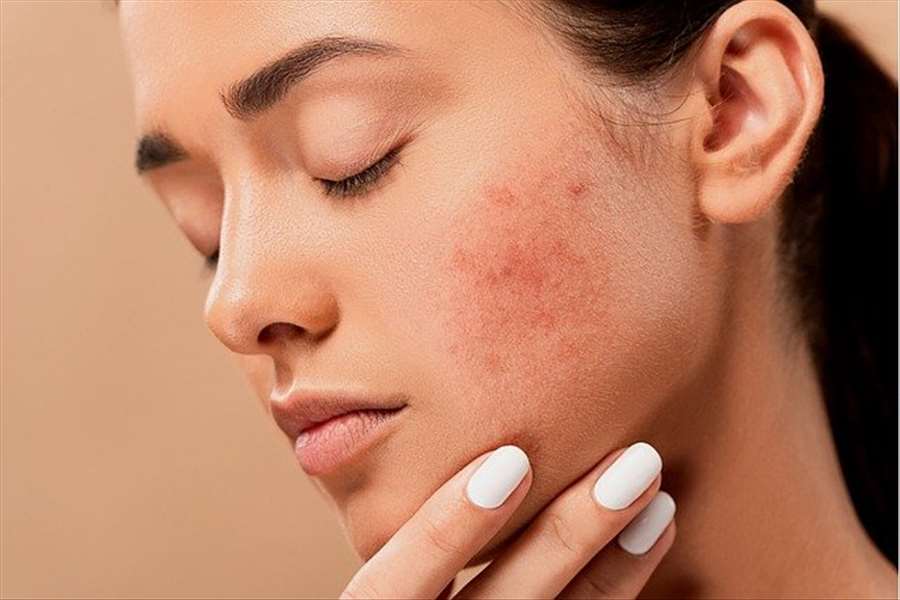

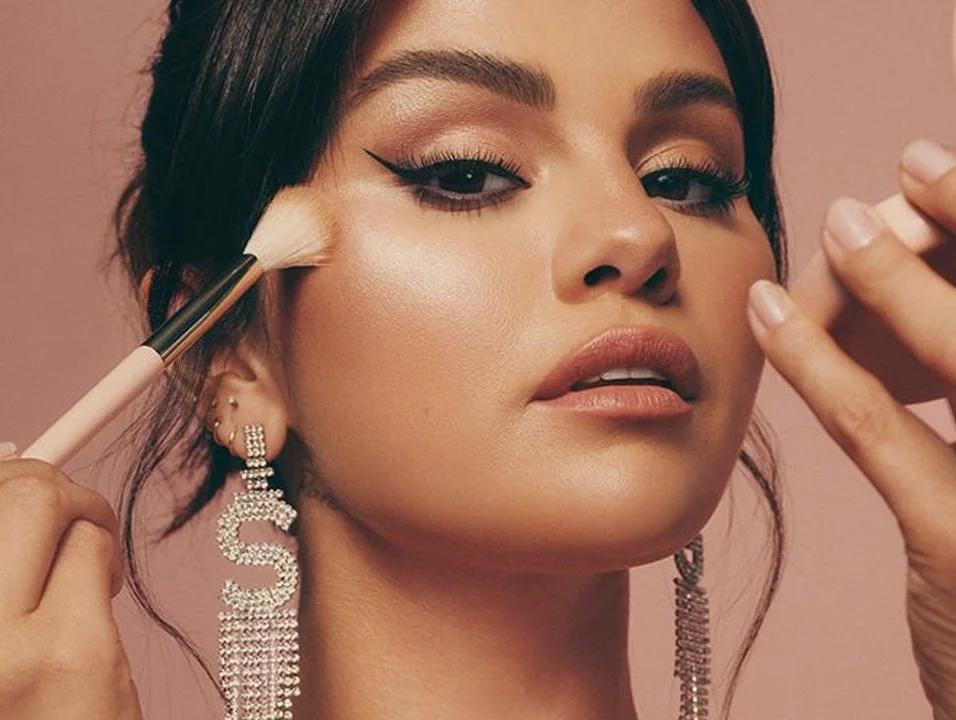
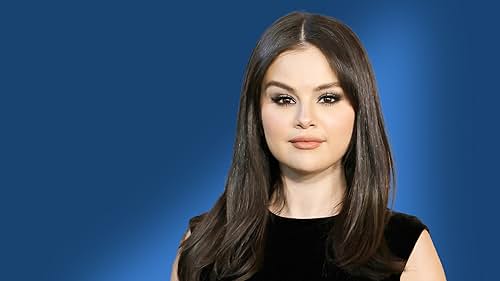

Leave feedback about this